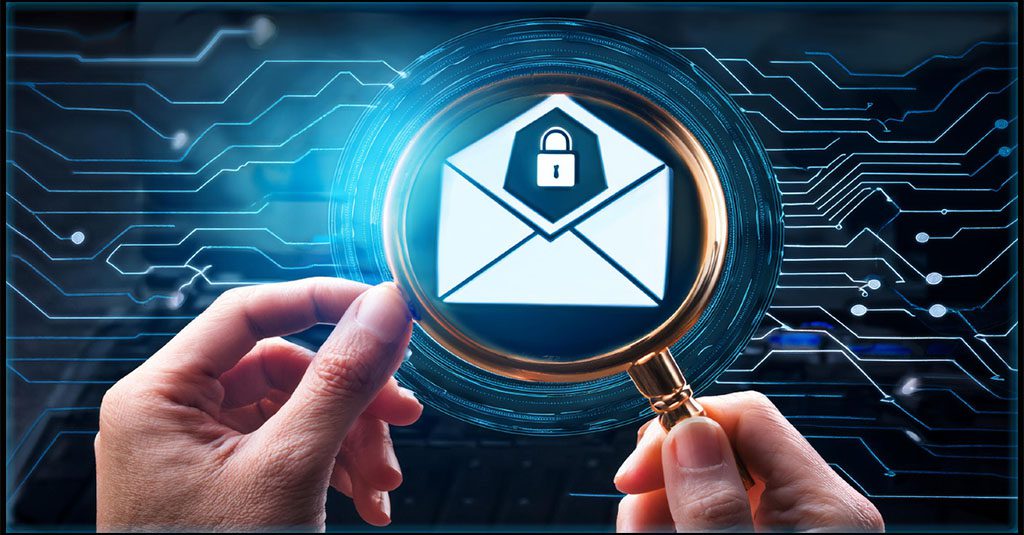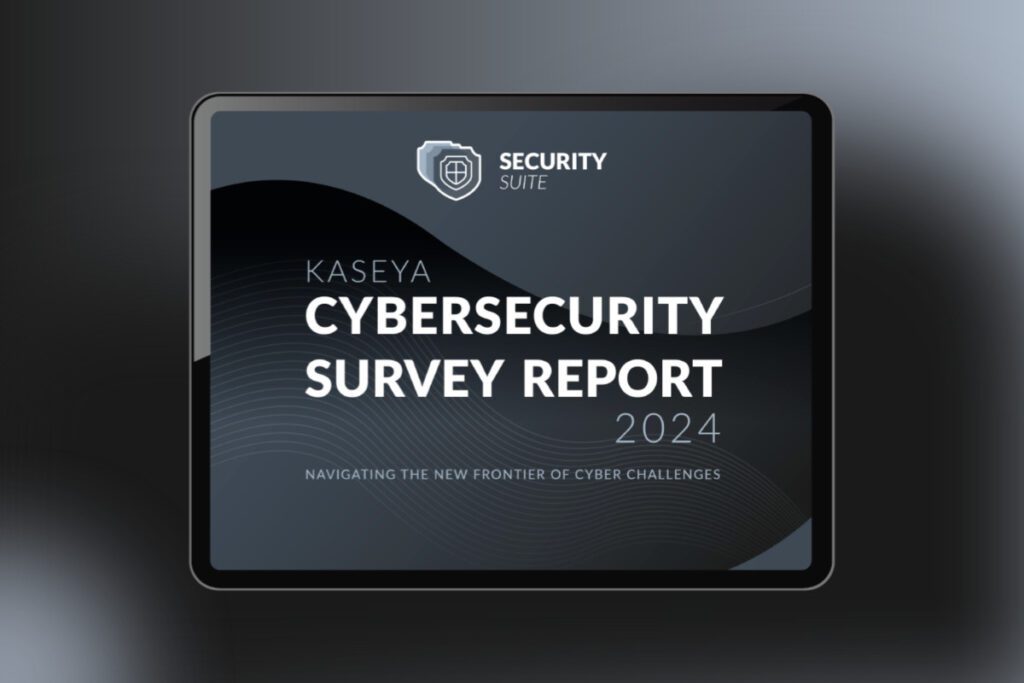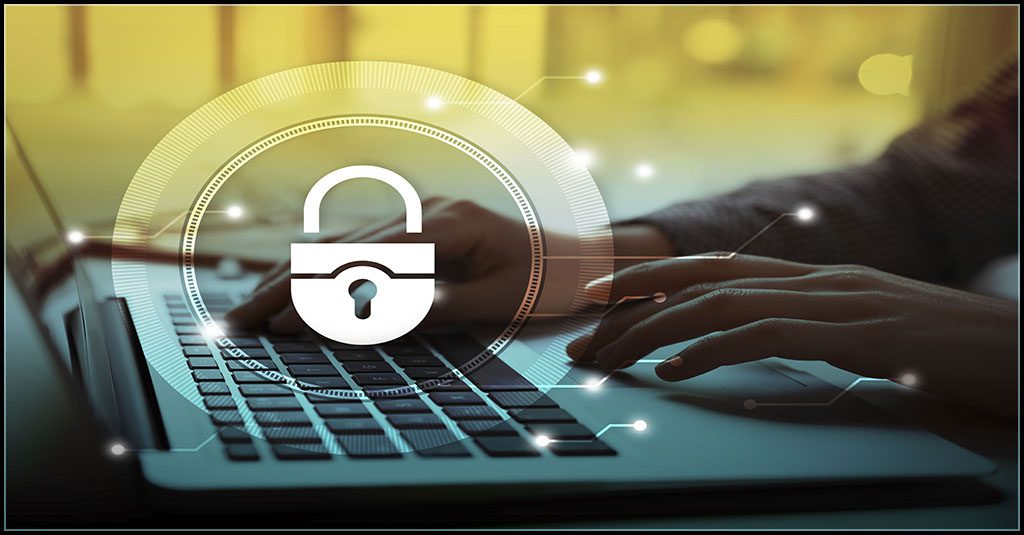The Human Firewall: Strengthening Your Organization’s Most Vulnerable Gateway

Oftentimes, security guidelines can feel like obstacles rather than essentials. Add tight budgets, mounting responsibilities and constant multitasking, and you have the perfect recipe for cybersecurity vulnerabilities. In addition, end users don’t prioritize security. Many don’t even see cybersecurity as their responsibility. A HIPAA Journal survey found that 45% of employees believe cybersecurity isn’t their concern because they don’t work in IT. This mindset is a gateway to serious security risks, leaving many IT professionals struggling with user-protection issues.

Feeling overwhelmed by your task list? Discover four strategies for reducing your workload! GET INFOGRAPHIC>>
5 User-related challenges are a major IT headache
Overcoming user-related challenges is a dilemma that vexes IT security professionals every day. As attack surfaces expand, cybercriminals are stepping up their efforts, using tools like artificial intelligence (AI) to find new ways to trick end users into falling into their traps. Now bad actors can. According to the Kaseya Cybersecurity Survey Report 2024, 89% of IT professionals cite poor user behavior or lack of training as their top security concern. IT professionals face numerous user protection challenges, including:
Phishing & social engineering attacks – Cybercriminals use deceptive emails, fraudulent links and fake phone calls to trick employees into taking action. These actions can include revealing credentials, downloading malware or transferring funds. IBM reports that phishing is responsible for 1 in 3 cybersecurity incidents. With AI-enhanced phishing attacks becoming more sophisticated, IT teams must implement an advanced antiphishing email security solution and use phishing simulations to train employees on how to recognize threats.
Bring your own device (BYOD) risks – Employees often bring more than just their lunches to work. They also bring risk by connecting their personal devices to corporate networks. Unfortunately, those devices may lack necessary security controls, making them potential entry points for cyber threats. 62% of cybersecurity professionals cite data loss and leaks as their top BYOD-related concerns. Mobile device management (MDM) solutions can help mitigate that risk. It also pays for companies to require endpoint security software on all devices.
Malware & ransomware infections – Unfortunately, the most likely way that a company falls victim to a ransomware or malware infection is through user actions. It’s all too common for users to inadvertently download malware through phishing emails or supply their credentials on a fraudulent website. To combat this, IT professionals must deploy endpoint detection and response (EDR) solutions and ensure that every employee is receiving regular security awareness training.
Lack of security awareness – Employees unaware of cybersecurity best practices are more likely to fall for scams, mishandle data or violate security policies. A comprehensive, continuous security awareness training program that includes phishing simulations is a proven way to increase their knowledge and promote a security-first culture to reduce human error.
Data handling errors – Employees may make data handling errors that include improperly sharing, exposing and storing sensitive data. Combat this by ensuring that you’ve built a security culture where employees don’t fear job loss or punishment for making a mistake like sending a file to the wrong person. An estimated 50% of employees are afraid to report their cybersecurity errors because they fear job loss.

Uncover today’s worst phishing threats and see smart strategies to keep businesses out of trouble. GET EBOOK>>
Building a stronger defense: A three-pronged approach
It’s no surprise that attackers are shifting their focus to exploiting human vulnerability. How can IT professionals effectively protect their organizations from user-related trouble? The answer lies in a comprehensive user risk management approach that addresses the problem holistically through prevention, speedy response and fast recovery.
Prevention: The first line of defense
Prevention focuses on stopping threats before they infiltrate the network. Cybercriminals have a wealth of resources to draw on to get information. With millions of credentials and reams of user data available on the dark web, it’s easy for bad actors to find wealth of information that arms them with the data they need to facilitate cybercrimes like phishing and BEC. The widespread adoption of AI by cybercriminals has greatly accelerated the sophistication and pace of attacks.
To prevent attacks from landing, IT professionals must empower users with the right skills and tools like:
- Security awareness training & phishing simulations: Reduce the risk of human error by equipping employees with simulated phishing campaigns and ongoing security training.
- AI-powered email protection: Advanced AI-driven phishing defense prevents spear phishing, malware, ransomware and other email threats from reaching users.
- Dark web monitoring: Continuous credential exposure monitoring ensures that stolen login credentials are identified and neutralized before they can be exploited.

Get to know the players, commodities and places that are shaping today’s dark web. DOWNLOAD EBOOK>>
Response: Containing threats before they spread
Response readiness includes positioning businesses to detect and neutralize threats in real time. While prevention is critical, IT teams must also be prepared to respond quickly when security measures fail. The reality is that cyberthreats are evolving at an unprecedented rate, and no security buildout is impenetrable. The Kaseya Cybersecurity Survey Report 2024 found that while 50% of respondents experienced a phishing attack in 2024, 68% of respondents said that they expect that their organization will fall victim to phishing within the next year.
However, automated response mechanisms like these can help IT teams act fast and reduce damage from attacks:
- Cloud Detection & Response (CDR): Choose a solution that uses machine learning to analyze SaaS events and user behavior, automatically detecting and responding to threats across cloud applications.
- Automated account protection: A solution that automatically immediately disables access and blocks unauthorized login attempts can prevent further damage.

See the cybersecurity challenges that IT professionals faced in 2024, including the rise of AI and what’s next. DOWNLOAD IT>>
Recovery: Ensuring business continuity after an attack
Recovery includes being prepared to facilitate rapid restoration of systems and business continuity so everyone can get back to work. That makes having a robust recovery strategy crucial. Backup and disaster recovery solutions ensure that organizations can quickly restore operations after an incident, minimizing expensive downtime and data loss.
With tools like these, it’s simple for IT professionals to get a company back on its feet:
- Automated backup & rapid restoration: Continuous backup of critical business data enables seamless recovery from ransomware attacks, data corruption or accidental deletion.
- Minimal downtime, maximum resilience: With instant access to uncorrupted data, businesses can resume operations without significant disruption.

Learn how to minimize phishing risk with AI & automation in The Anti-phishing Email Security Buyer’s Guide GET IT>>
Take action now to protect your vulnerable gateways
User behavior will always present a challenge for IT professionals. However, there are moves that they can make that can help mitigate the risk of cybersecurity trouble resulting from user actions. By implementing a three-part user protection strategy that covers response, recovery and prevention, organizations develop a bulwark that can protect users and data from cyberthreats efficiently. Learn more about architecting your user protection strategy in our infographic Protect the Most Vulnerable Gateway to Your Organization.

Read our case studies and see how MSPs and businesses have benefited from using our solutions. READ NOW>